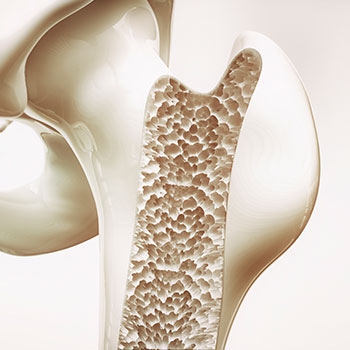MUNICH
PRIVATE PRACTICE
Nordendstraße 64
80801 Munich
T. 089 / 189 46 85 0
F. 089 / 189 46 85 20
MUNICH – PRIVATE PRACTICE
Nordendstraße 64
80801 Munich
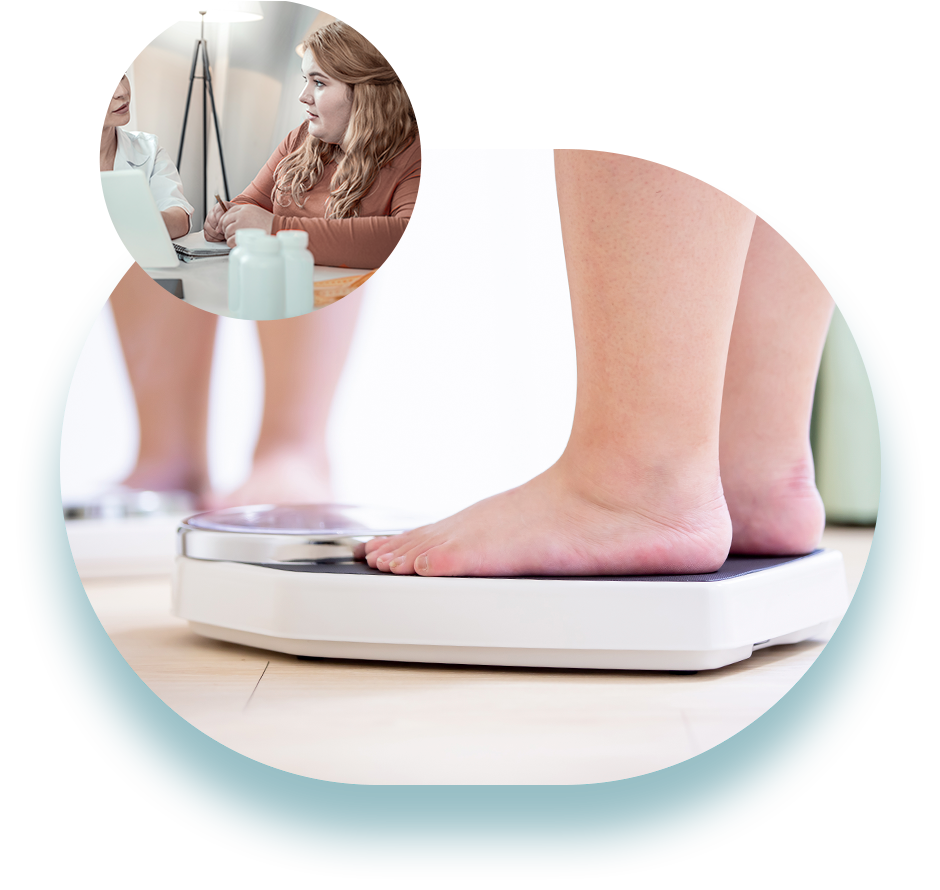
Overweight (Adipositas)
Weight loss when overweight and obese
Our individualized program at the Center for Endocrinology and Metabolism Munich:
Overweight and obesity are becoming more and more of a problem in Germany and in many other societies worldwide, with these being the main cause of death due to secondary diseases such as diabetes mellitus and cardiovascular diseases.
Healthy and sustainable weight loss is therefore the goal of many people, especially for those suffering from obesity. Around ¼ of the population is already obese and there are no optimal solutions to help people lose weight permanently. Our doctor-led program can provide you with the medical support needed.
Other focal points at our practice are the diagnosis and therapy of obesity and overweight, as well as metabolic syndrome. We clarify the endocrine causes of unwanted weight gain and analyze your metabolism because there are more than just one form of obesity. For example, if your basal metabolic rate is too low, you may accumulate fat despite low calorie intake. A disturbed feeling of satiety may also be the underlying cause, which means that more calories are involuntarily needed to feel full. In other affected individuals, a faster emptying of the stomach compared to other people can lead to a premature feeling of hunger after meals, which may then again lead to a more frequent calorie intake.
However, stress, anxiety and depression may also be emotional causes of increased calorie intake. We will also perform other medical examinations to determine problems such as thyroid or adrenal disorders that may contribute to obesity. Medication, due to other underlying diseases that you may need to take, might also have a negative impact on weight gain. In addition, comorbidities and metabolic disorders such as insulin resistance or diabetes mellitus, can occur as complications due to obesity making it more difficult to lose weight.
Other disorders such as cardiovascular diseases, skeletal problems or hormonal disorders for example PCO syndrome or testosterone deficiency may have to be treated specifically.
What are the exact causes for your weight gain?
Only once all these and any other aspects are taken into account, can a therapy be initiated with a higher chance of success than standard therapy. Together with you, we use an individualized approach to plan ways to achieve sustainable weight loss and improve your metabolism and health. We use specialized diagnostic tools and rely on scientific knowledge to create a detailed analysis of your health status and metabolic type. Depending on this, an individual therapy plan will be created, focused on you as an individual person.
Our 1-year program includes nutritional and lifestyle measures as well as quarterly medical and organizational analyses. We also use established, effective medication, which often allows for a breakthrough. If necessary, further support is of course possible after the 1-year program is completed.
What can you expect from our side?
Comprehensive medical expertise in the field of internal medicine, endocrinology and diabetology
A great clinical and practical experience in this special medical field, which will benefit you directly.
An individualized approach based on specialized diagnostic procedures that cannot be offered elsewhere, as well as references to current scientific evidence
Everyone is different: We don't just rely on a "one size fits all" solution
We always keep an eye on your overall health status and give great importance to thorough diagnostics, with the aim of optimizing cardiovascular and metabolic risk factors.
Many satisfied patients have already been able to lose weight, sustainably.
We provide the possibility of using individually tailored dietary and lifestyle measures as well as certain medication, to achieve the optimal therapeutic effect.
INDIVIDUAL - MEDICALLY SOUND AND SUSTAINABLE:
Our 1-year metabolism and weight loss program:
Appointment
We ask you to please write down or fill out the information forms and questionnaires that you can find on our homepage, prior to your appointment and to bring them with you.
1st appointment
Detailed medical interview
Physical examination
Precise Bio Impedance Analysis (BIA)
Ultrasound examination
Laboratory diagnostics including an oral glucose tolerance test including insulin (2 hours)
Initial consultation - nutritional advice
2nd appointment:
(2 weeks later)
Detailed medical interview
Evaluation of your metabolic phenotype based on the test results
Set up of your individual therapy plan including any medication (please note: additional costs of approx. 10 - 100€/month)
Nutritional advice
Possible movement therapy or behavioral therapy
3rd appointment
(3 months later)
2 weeks before:
Detailed medical interview
Assessment of the course of treatment and the results of the examination
If necessary, adjustment of the therapy plan
2 weeks before:
Determination of vital signs
Precise Bio Impedance Analysis (BIA)
Laboratory diagnostics
4th - 6th appoinments
(3 months)
Detailed medical interview
Assessment of the course of treatment and the results of the examination
If necessary, adjustment of the therapy plan
Ultrasound if necessary
2 weeks before:
Determination of vital signs
Precise Bio Impedance Analysis (BIA)
Laboratory diagnostics
Depending on the package booked, nutritional advice up to 2x/quarter, from the 3rd appointment always 2 weeks before contact with the doctor.
Individual adjustment optional (corresponding higher costs).
*This process represents an orientation and is meant to run for 1 year. Since we value a comprehensive and individualized treatment approach, deviations are possible depending on the individual state of health and personal wishes and goals. The cost for the program depends on the desired scope and the initial medical situation - we will be happy to determine the costs you may incur on request. The prices apply to self-payers, for privately insured patients, the costs should be covered by the private health insurance (excluding any medication).
TEST YOUR METABOLIC RISK NOW!
> BMI (Body-Mass-Index)
Calculation: body weight in kg / height in m²
Valuation:
Under 18,5: Underweight
18,5 - 24,9: normal weight
25 - 29,9: overweight/pre-obese
30 - 34,9: Grade I obesity
35 - 39,9: Grade II obesity
Über 40: Grade III obesity
> Waist size
(measured just above the navel)
Risk for metabolism and cardiovascular diseases | Waist size |
| |
| men | women | |
Elevated | > 94cm | > 80cm | |
Highly elevated | > 102 cm | > 88cm |
> WHtR (waist-to-height ratio)
= waist circumference (measured just above the navel) / height in cm
Valuation:
Age in Years: | Critical value: |
< 40 | > 0,5 |
40-50 | 0,5 – 0,6 |
>50 | > 0,6 |
From the age of 40 to 50, the critical value shifts upwards by 0.01 per year. This means at 40 it's 0.50, at 41 it's 0.51, at 42 it's 0.52, and so on.
> Dife - Diabetes Risk Test:
> ESC-Score
Cardiovascular risk score:
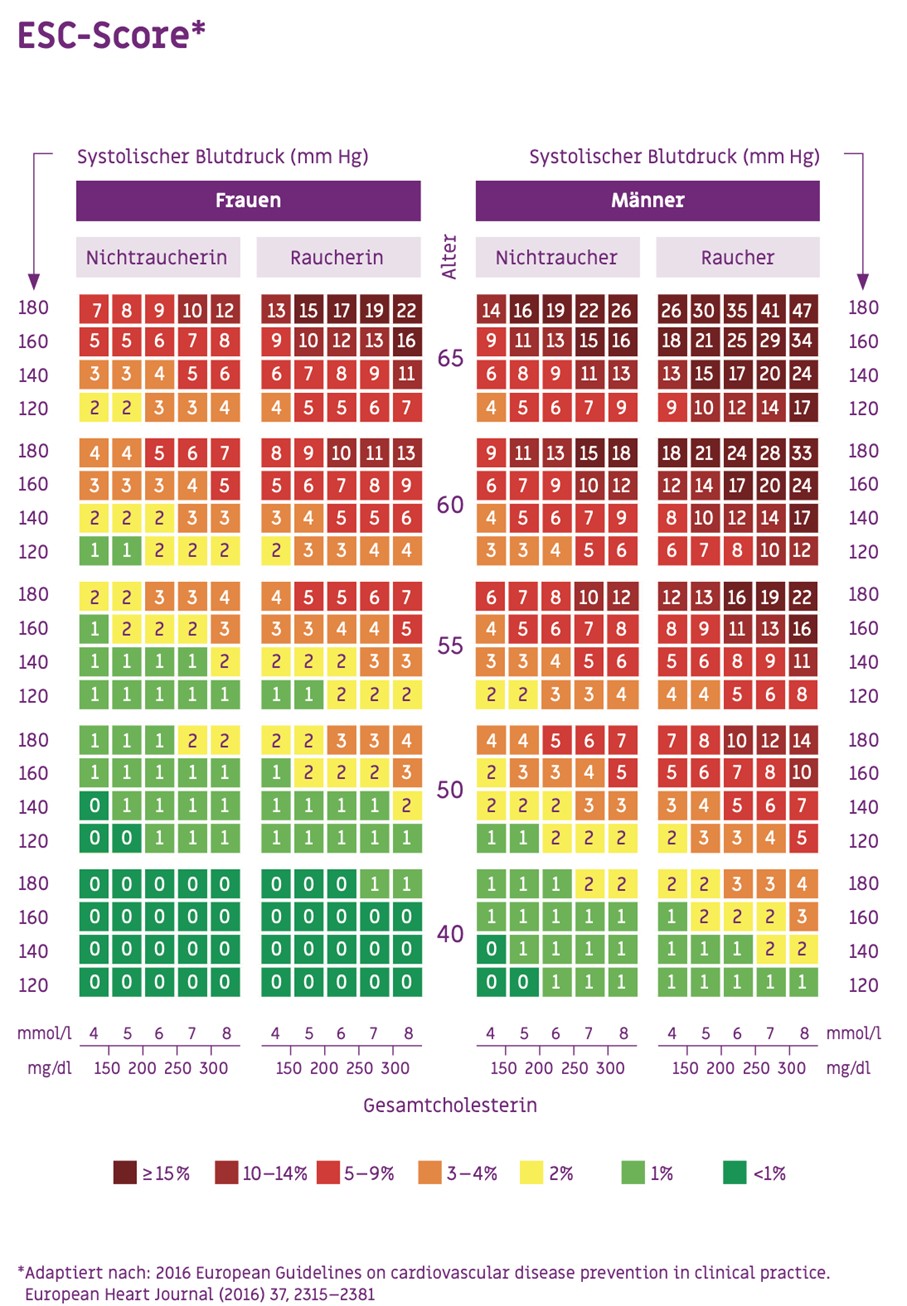
> Total energy consumption
Calculated resting energy consumption (REE) according to the Mifflin St.-Jeor formula:
Men:
Resting energy expenditure in kcal/day = 10 x body weight in kg + 6.25 × height in cm −5 × age in years +5
Women:
Resting energy expenditure in kcal/day = 10 x body weight in kg + 6.25
× height in cm −5 × age in years − 161
The resting energy consumption and the average physical activity determines how high the total energy consumption of a person is per day. The total energy expenditure can be calculated by multiplying the resting energy expenditure with the so-called PAL value. PAL stands for "physical activity level" and is the measure of physical activity performed. The level of the PAL value depends on the professional and leisure activity. The following table helps to determine the PAL value.
Anyone who is active in sports or engages in other strenuous leisure activities (30-60 minutes, 4 to 5 times a week) can add 0.3 PAL units per day to the stated PAL values.
Activity level | PAL | Examples |
No physical activity | 1,2 - 1,3 | Frail, immobile, bedridden people |
Light physical activity 1-3x a week | 1,4 - 1,5 | Office worker, precision mechanic (only sedentary activities with little or no strenuous leisure activities ) |
Moderate physical activity 3-5x a week | 1,6 - 1,7 | Laboratory technicians, students, assembly line workers (sedentary activities with temporary additional energy expenditure for walking or standing activities, little or no strenuous leisure activities) |
Heavy physical activity 5-6x a week | 1,8 - 1,9 | Salesmen, waiter, mechanic, craftsmen (mostly walking or standing activities) |
Extreme physical activity 6-7x a week | 2,0 - 2,4 | Construction workers, farmers, forest workers, miners, competitive athletes (physically demanding professional work or very active leisure activities) |
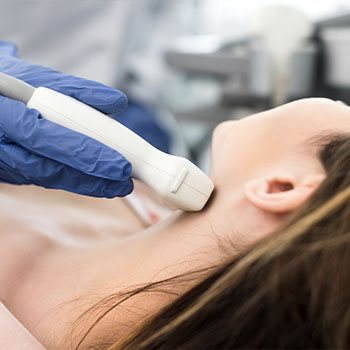

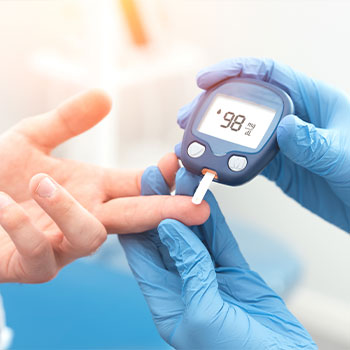
![[Translate to English:] Abnehmen - Adipositas-Therapie in München [Translate to English:] Abnehmen - Adipositas-Therapie in München](/fileadmin/user_upload/ZESM/teaser/zesm_t_350x350_adipositas.jpg)
